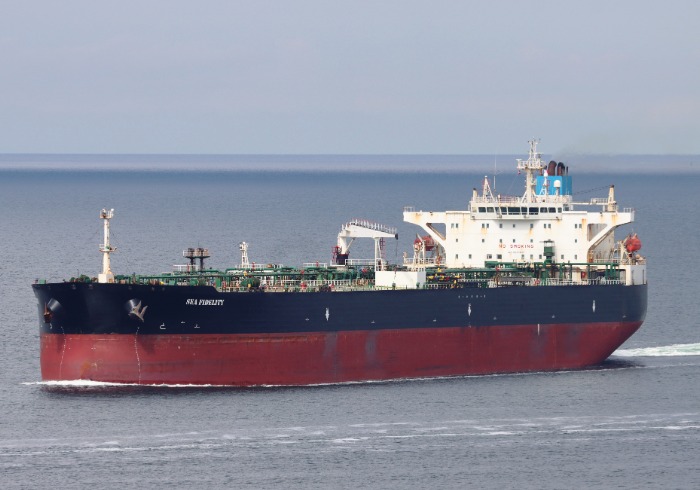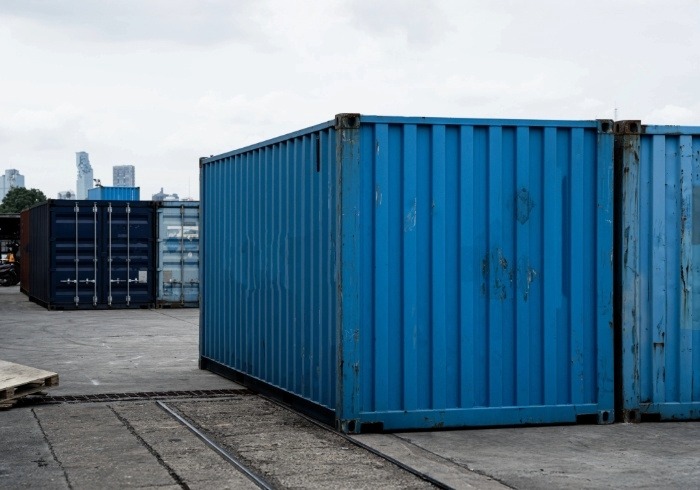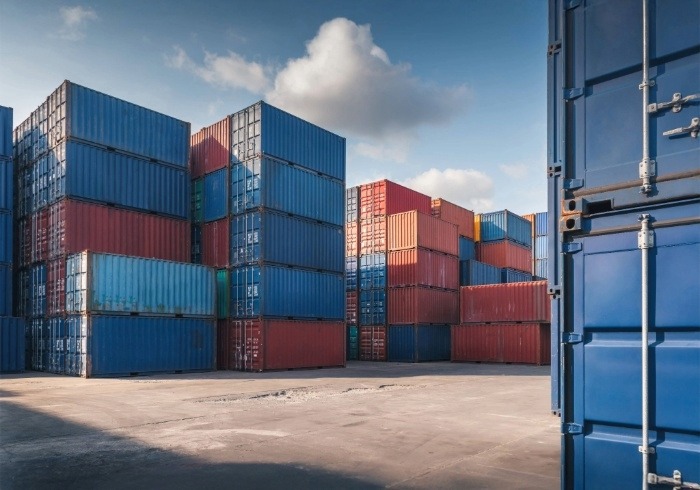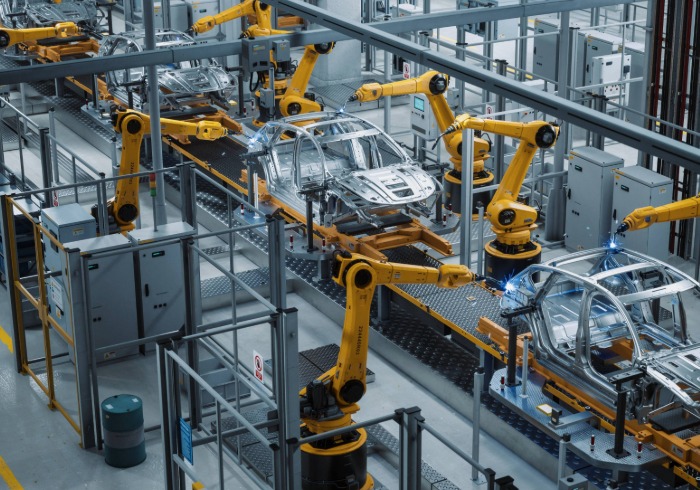Atradius DSB is preparing to launch a product aimed at boosting critical mineral imports into the Netherlands, joining several other export credit agencies (ECAs) in tackling concerns over long-term supply.
The Dutch ECA has started a pilot phase for a facility that will enable loan guarantees for foreign raw materials projects, thereby bolstering manufacturing in key sectors such as photovoltaic solar and wind power.
The ECA is already open to project assessments and will formally launch the product later this year.
“This approach is primarily aimed at securing materials and biofuels that support the renewable energy industry and value chain in the Netherlands and the EU, such as lithium, nickel and copper,” says Stephan Naber, head of SMEs at Atradius DSB.
“But in principle, any industry that has a need for the minerals is welcome to submit an application,” he tells GTR.
Eligible projects may have an offtake agreement in place with a Dutch importer, or support may be considered if the deal generates “sufficient economic activity in the Netherlands”, Naber says.
The launch follows a motion tabled by Dutch politicians Aukje de Vries and Tom van der Lee in December 2024, which called for the government and Atradius DSB to prioritise the development of such a tool.
The Dutch Parliament subsequently passed the motion with a broad majority.
Atradius DSB says the product’s launch “primarily stems” from the country’s National Raw Materials Strategy, published in 2022, which references the potential use of export credit instruments.
Rather than merely propping up export contracts through guarantees and insurance, ECAs have increasingly become a tool to advance national policy goals such as securing gas supplies or stemming inward migration.
Demand for critical minerals is forecast to spike in the coming decade amid a push to develop energy transition goods, such as wind turbines, solar panels and electric vehicles.
A 2024 report from the UN found there is currently a US$225bn shortfall in investment in critical mineral mining projects, stoking fears of supply chain constraints in the future.
ECAs are being touted as one potential solution by helping de-risk financing for foreign and domestic projects.
“We also see that other ECAs are moving into this territory,” Naber adds.
ECAs from the UK and US have created similar critical mineral products in the past year, widening their scope beyond traditional forms of export credits.
Germany’s Euler Hermes established a raw materials facility decades ago – in the 1960s – which guarantees loans to foreign developers. In the past few years, its scope was widened to include climate-friendly intermediate products.
Asian ECAs have long used their export finance institutions to secure energy supplies. Last year, the Japan Bank for International Cooperation (JBIC) approved financing worth US$950mn to secure copper concentrate from Chile.
Atradius DSB says it will follow Dutch and European legislation when considering the eligibility of a deal. In total, there are 34 minerals named in the EU Critical Raw Materials Act.
“Raw materials that are needed in medical and LED lighting sectors – such as magnesium, titanium, gallium and indium – are also covered,” Naber says.
“We are also actively looking into projects that we can support together with other EU and OECD ECAs, for example when the minerals are being shipped and stockpiled through the Port of Rotterdam and then processed in other EU countries.”








